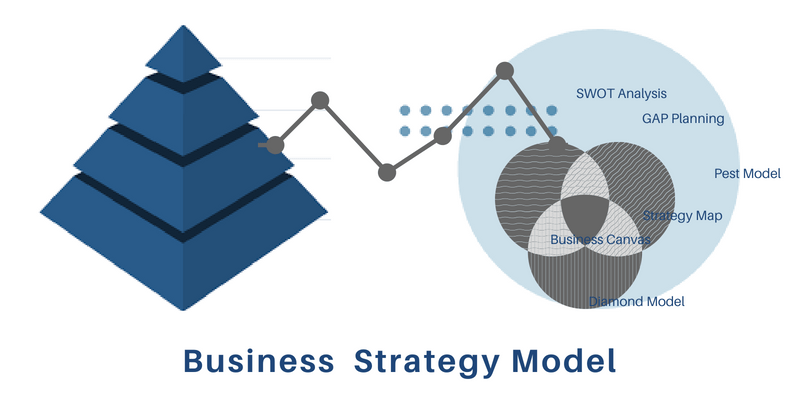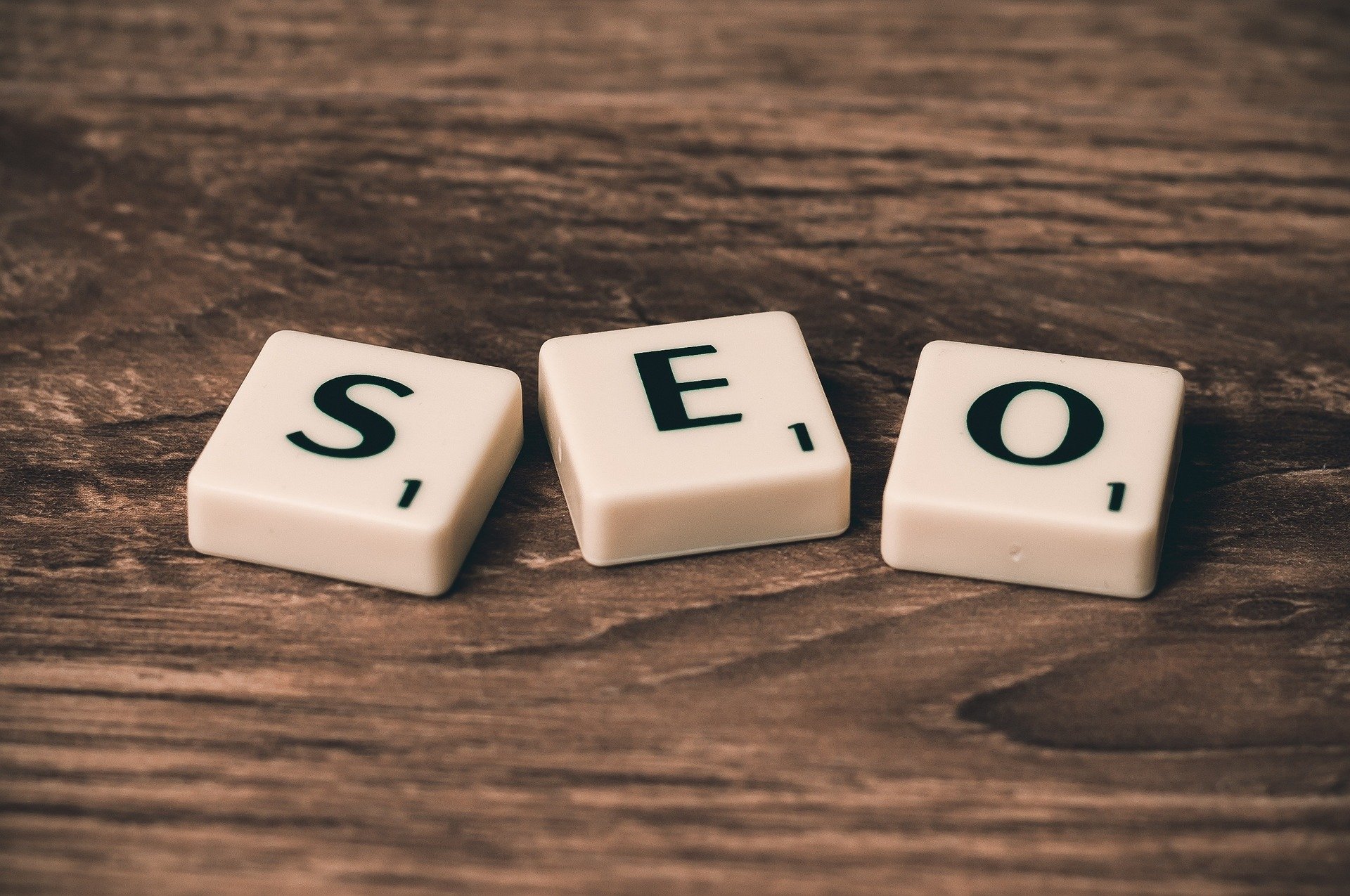6 SEO Content Mistakes To Avoid On eCommerce Sites

SEO is unavoidable for every eCommerce. Even if you have the opportunities to promote your business via social channels, email marketing, paid advertising, you can’t ignore being visible on the search engines, as 93% of online experiences begin with a search engine, as well as.Further, about 75% of people never browse past the 1st page of the search engines, so you need to be found on the 1st page of SERPs.
Unfortunately, most of the eCommerce site owners they can rank on SERPs only by generating tons of product pages, targeting popular keywords, and investing in paid advertisements to come on the top of the SERPs, and new buyers will start coming in. But, the truth resides far from this anticipation, like 70-80% of people overlook sponsored search results, and focus only on the organic search results.
Table of Contents
So, what do you think? Shouldn’t you invest in eCommerce SEO this year?
But eCommerce SEO isn’t that easy as you might be thinking. It’s better you consult a professional eCommerce digital marketing company near you.
SEO success is dependant on multiple factors. Once you grow your inventory and create more content, there are chances problems will arise. You may need to manage 404 pages, handle unorganized website architecture to make your SEO strategy successful.
Still, thinking of doing these chores yourself? Then, go through this blog to make sure you recognize and fix the common SEO mistakes.
Don’t Miss To Get More Product Reviews
We all love and trust product reviews, right? Reports say, 92% of purchasers read online reviews and testimonials when considering a purchase. Further, having 50 or more product reviews for each product can propose a 4.6% rise in conversion rates.
Qualified and verified product reviews can influence your eCommerce even more. How?
- 58% more chances of conversion
- 62% more revenue generation per site visitor
- 3% higher average order value per sale
It means the more product review you have, the more your audience trust you. And you know, Google loves the eCommerce sites that are loved by the users!
For this reason, eCommerce stores with higher reviews rank well in SERPs, and the credits go to their relevancy and loyalty. Further, Google search results on product pages expose the number of reviews and star ratings, making it a reliable sign of trustworthiness.
High-Quality Content Is Important
Many small to mid-size eCommerce entrepreneurs think content marketing as an additional investment, and try to avoid it. They also think that adding product descriptions, CTAs, and some blogs to their eCommerce website will work for them.
But the truth is different – you need expertise.
Only publishing a blog is not enough, you need to pick a relevant topic, write with flair, input more information, make it engaging, and also add appropriate meta tags to help search engines index your content/page more efficiently.
Both readers and the search engine, estimate an eCommerce business based on the quality of the content they create. None would like to do business with a brand that fails in the very first step of involving the potential buyers with the brand. As a result, you get lower traffic, more unsatisfied visitors, SERP rankings in later pages, and after all your business suffers.
So, prioritize content optimization, create educative content, keyword-rich headlines, and adopt best practices for content marketing.
Avoid Duplicate Page Titles
Page titles must be crisp and appealing and must explain what the page is about. As the title appears at the top of search results, it should be very unique, as well. Though it seems an easy task, you need to be attentive in avoiding title duplication. Your product page title must not be similar to the one you have used on your landing page.
If you make such a mistake and generate multiple pages with the same title, the search engine will get confused, and might not recommend any of the pages in search results.
Take Page Loading Speed Into Consideration
It is essential for product-based businesses to include high-quality images and videos on their landing page, but without compromising with page loading speed.
Studies show users expect sites to load within 2 to 3 seconds, and if it takes more, the visitor is gone. So, at any cost, you can’t compromise with your website load time. Here are some tips to optimize your page speed and reduce the bounce rate.
Image Optimization
High-quality images are great to see, but not to load fast. So, you need to optimize your image on image editing tools to reduce its pixel size and make it ready for the website/page.
Minify Codes
Though adding some extra spacing and comments in the JavaScript or CSS codes may result in higher readability, these extra characters often make it harder for systems to read and accomplish the codes. But, you can take the help of the code minifier tools to optimize codes.
Minimize Redirects
You click on a link that loads and then redirects you to another link, and again you click the new link and new page loads. Isn’t it a time-consuming process? Yes, it is. It hurts your site load time badly.
So, use some broken link fixing tool to identify broken links and redirects, and restore them with the proper URLs.
Don’t Compromise With Mobile-Friendliness
Mobile eCommerce sales count for 34.5% of total eCommerce sales in 2017, and the amount is rising rapidly. Further, 54% of total eCommerce transactions are estimated by 2021. So, your eCommerce site must be mobile-friendly and ensure great user experience.
Your website design should be responsive and flexible on multiple devices, like desktop, tablet, smartphones. Further, Google prefers websites with the mobile-first indexing approach. Therefore, the mobile responsiveness of your application also aids in your SEO ranking factor.
Avoid Unnecessary Internal Linking
If you own a huge inventory, doing internal linking might be helpful for your visitors. But you must pay attention to link depth. Proper interlinking of product pages will help you improve your rankings and site traffic.
There are some factors you need to pay attention to improve your internal link structure. You should follow the outline while creating internal links.
- firstly, create links on the home page
- secondly, interlink with category pages
- thirdly, final linking to the product pages
So, if you’re ready to overcome all these SEO pitfalls, you’re ready to make your way to the top. If you think this isn’t your cup of tea, you have best eCommerce SEO company to assist you. Need to hire? Then do it today. After all, it’s 2020 already, and you must overcome all faulty SEO tactics, and utilize the maximum benefits of it.





